A Lucky Occurrence Pointed Us to The DeWint House.
I’ve always heard about magical travel moments. The ones in which a “local” points you in the direction of a place (maybe a museum or a bar) that you never knew existed, but after visiting, you fall in love with it. I wished for a moment like this fervently in my years of traveling the world, but to no avail. That is, until last weekend when we were pointed to DeWint House.
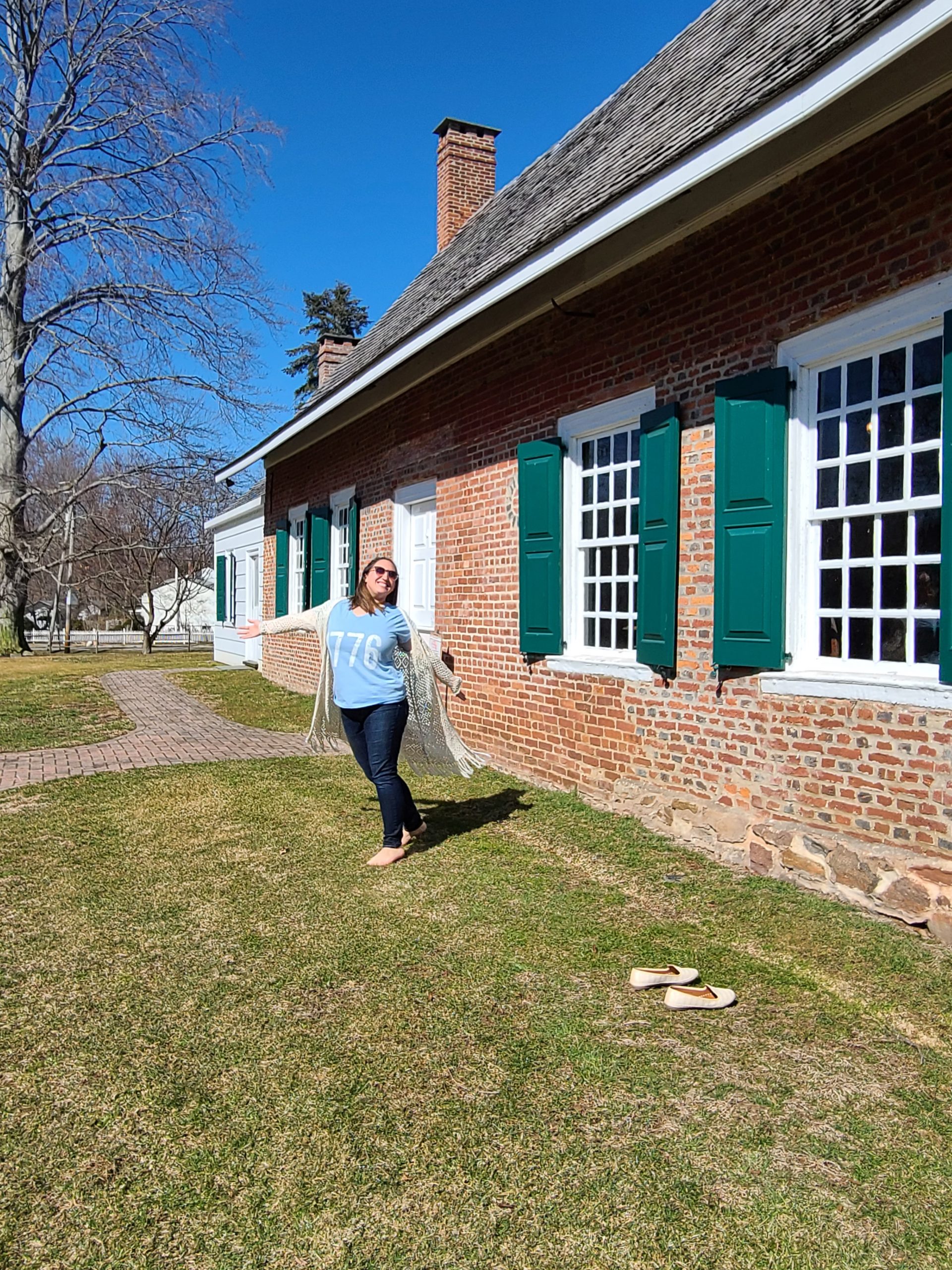
Of all the places for such a moment to occur, it happened in my own state, about an hour north of my home. Nomadic Neen and I grabbed lunch at the Old 76 restaurant during our day of historical exploration. Two Tappan locals by the names of Larry and Donna asked my cousin and me if we had heard of the DeWint House. Seeing our nerdy American history shirts, they assumed we must know about the incredibly significant site.
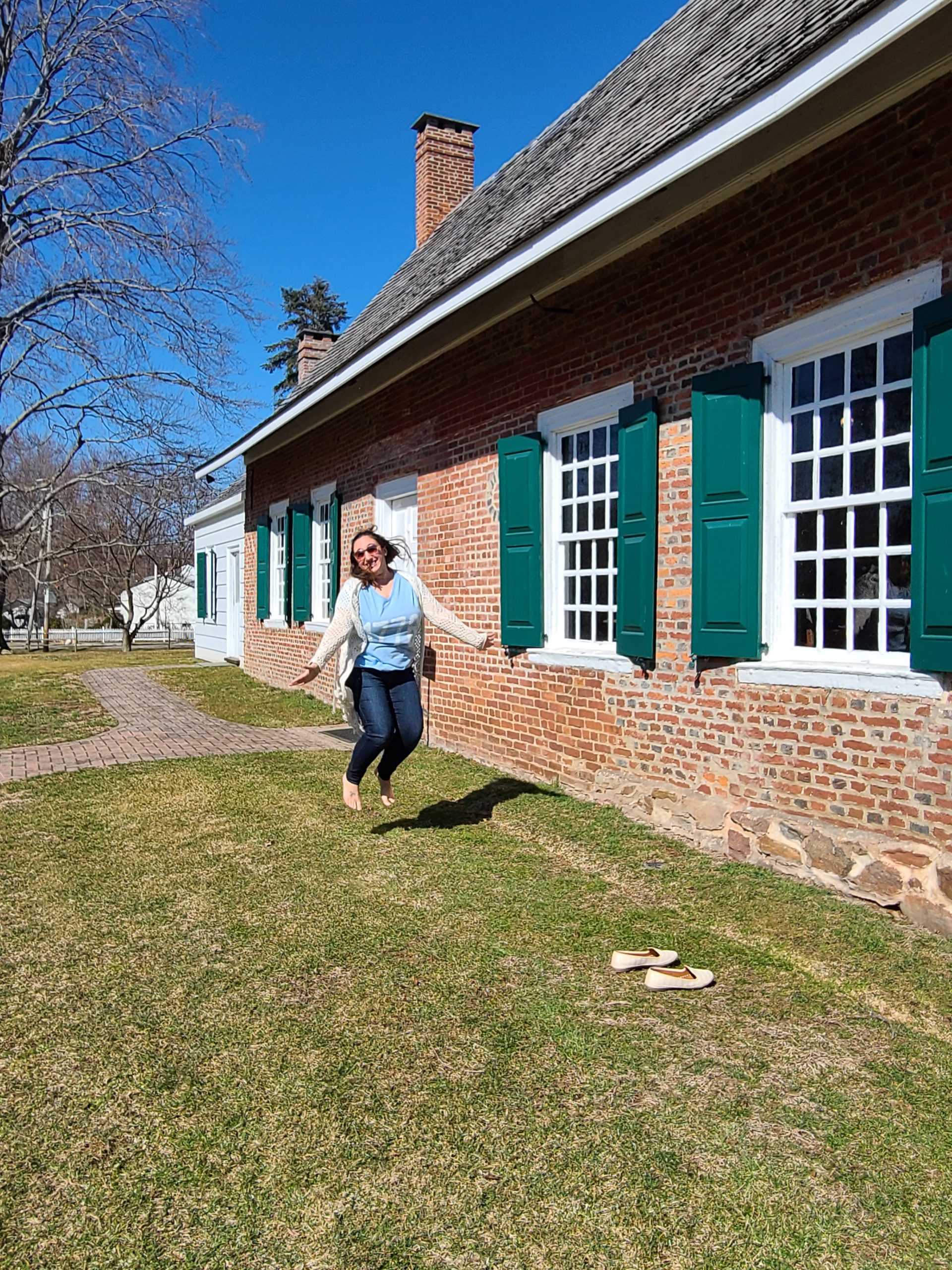
When we said that we had no idea as to what they were referring to, they were floored and grew excited. Larry and Donna offered not only to tell us about the DeWint House and its significance, but to walk us there. This was an offer that was remarkably surreal to me. While New York City residents will go to extreme lengths not to have to converse with a stranger, an hour past the city in Tarry Town, locals will go to lengths just to have a conversation with a stranger. Apparently, they’ll even walk them up the road in hopes of helping them with research!
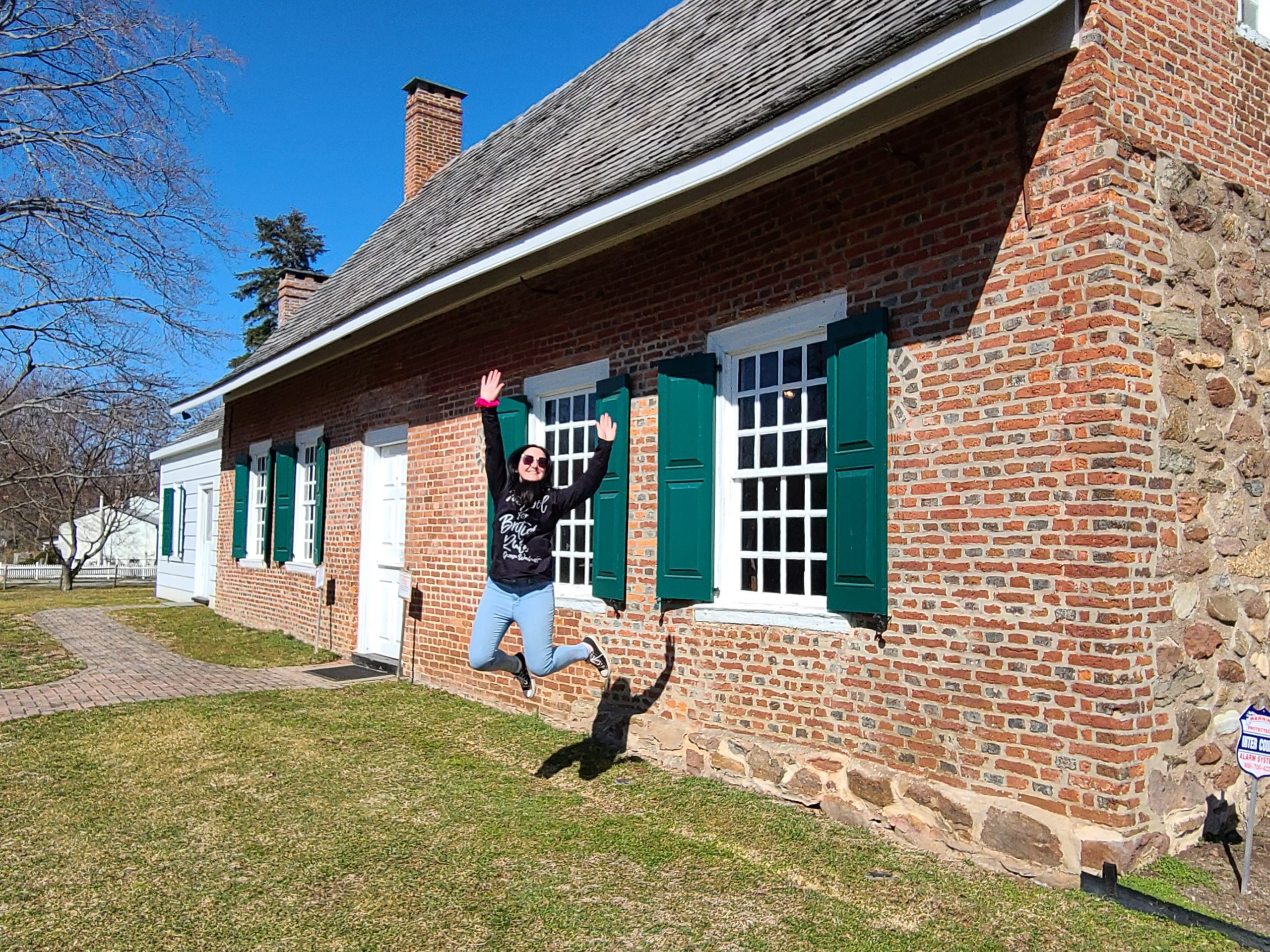
An Adventure to the DeWint House.
So, buzzing from three mimosas too many and with the gorgeous sun that had been hidden all winter now beaming on our backs, we walked over a bridge and across the grassy lawn to a charming, Dutch style home with a steeply sloped roof. Most fascinating of all, Larry told us the museum was free and open to all. There were no guides nor a proprietor on site. Visitors simply could just open the barn style door and step inside without any further guidance. Our new friends bid us goodbye, and we spent a good part of the day in astonishment at the incredible relics inside.
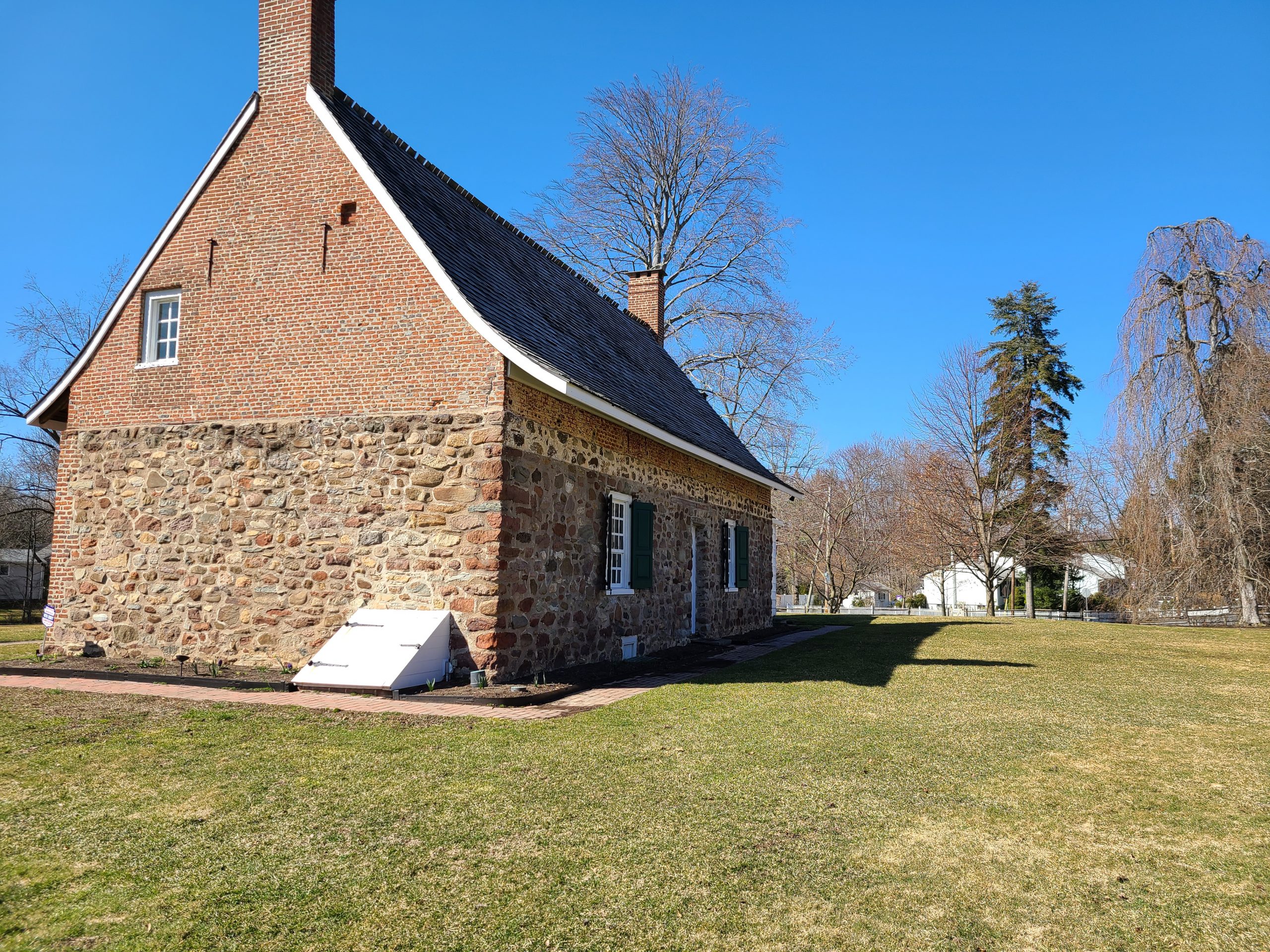
John Andre and The DeWint House.
The DeWint House served as the headquarters four separate times for George Washington at the onset of and during the Revolutionary war. These visits were always of major importance, and there are interesting stories to accompany each one. Most notably, Washington stayed at the DeWint House during the trial of John Andre, the head of intelligence for the British forces. Andre was caught behind enemy lines with damning evidence. It proved that he was working with Benedict Arnold on plans to infiltrate West Point and thus deliver a major blow to the American side which would have likely led to their defeat.
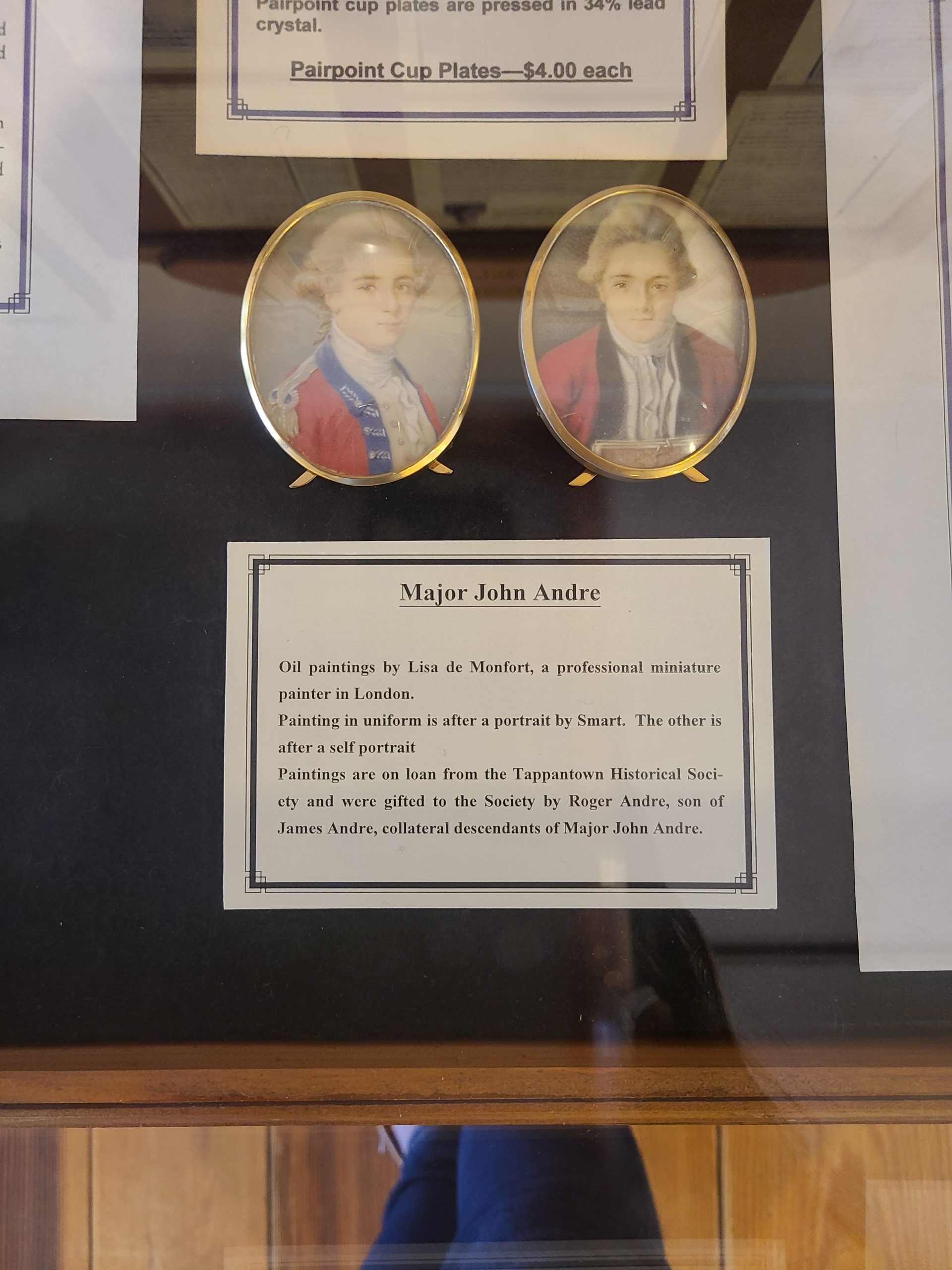
John Andre was well-liked by all, even his supposed adversaries. So, the DeWint family begged Washington to have food delivered to John Andre during his imprisonment awaiting trial. Even though he worked for the British, Washington agreed. His final meals were prepared in the kitchen on-site. An appropriate trade of officers could not be reached. So, Washington signed John Andre’s death warrant and order of execution in the north room of the home. Andre was to be hanged.
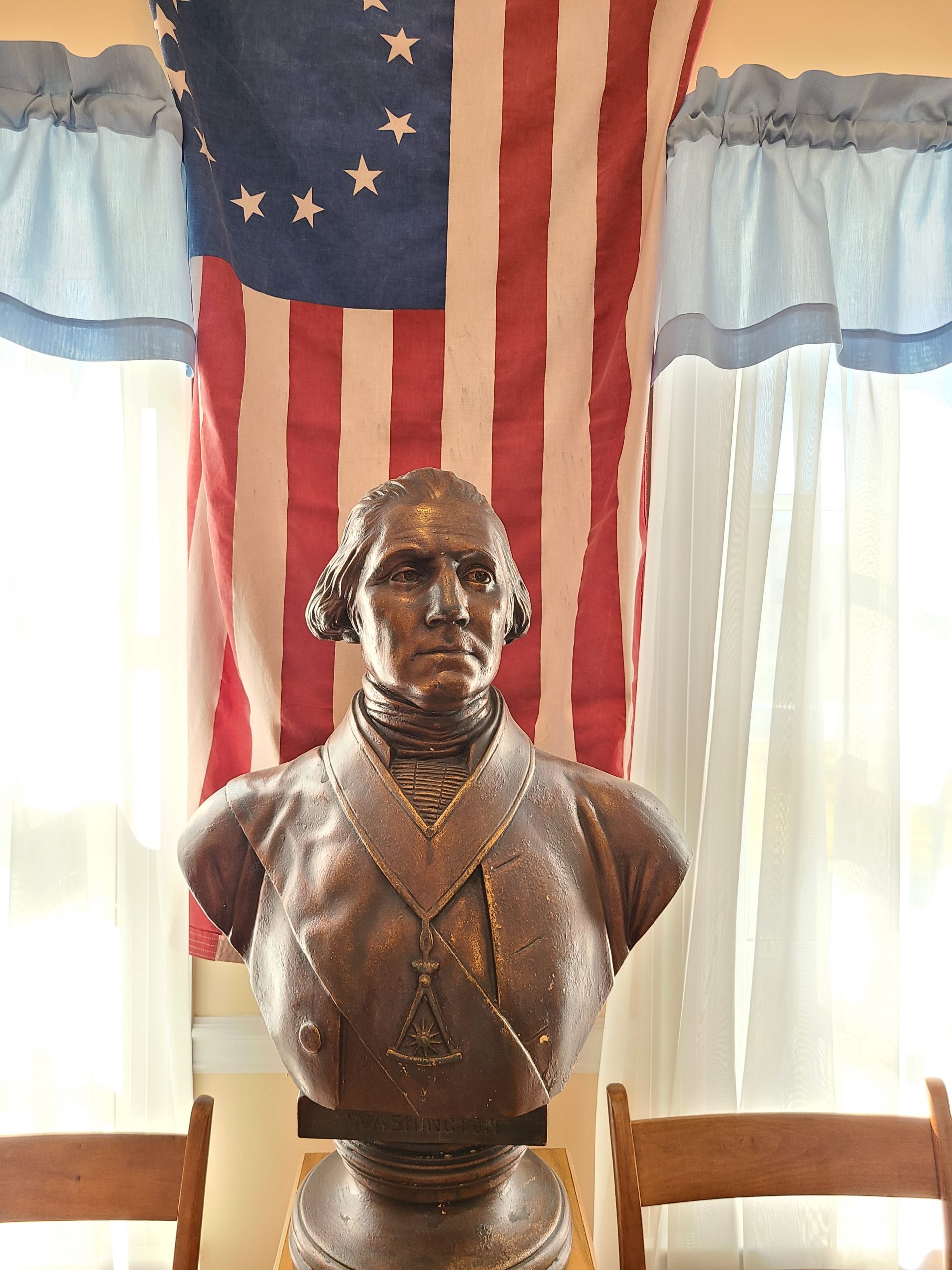
Washington Returns to the DeWint House.
After John Andre’s hanging, and after the British were more or less defeated, Washington returned to the home again to meet with British general Sir Guy Carleton to settle the peaceful exit of the British from New York. Samuel Fraunces, the owner of Fraunces Tavern in New York City, used the kitchen where Andre’s final meals were cooked to prepare dinner for Washington and Sir Guy Carleton.
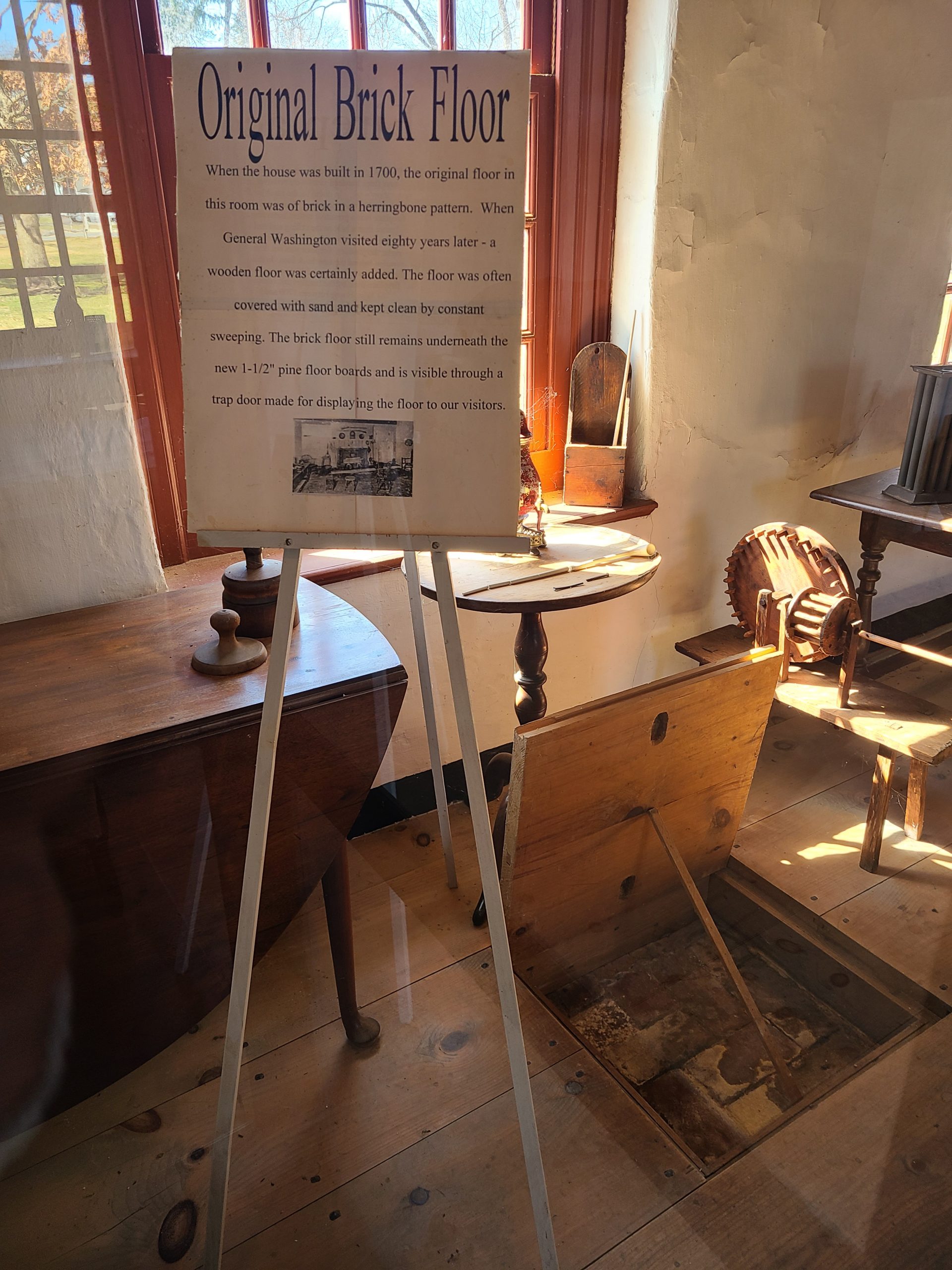
After the war, Washington stayed at the DeWint House one final time during a treacherous snow storm. He was en route to West Point and eventually New York City to deliver his resignation. Known for his seriousness and strict adherence to staying on task, it was a surprising sight for all when Washington reportedly took his boots off and played cards at the DeWint House, a distraction he apparently forbade during war. The ending of a colossal fight for freedom has a way of relaxing people, evidently.
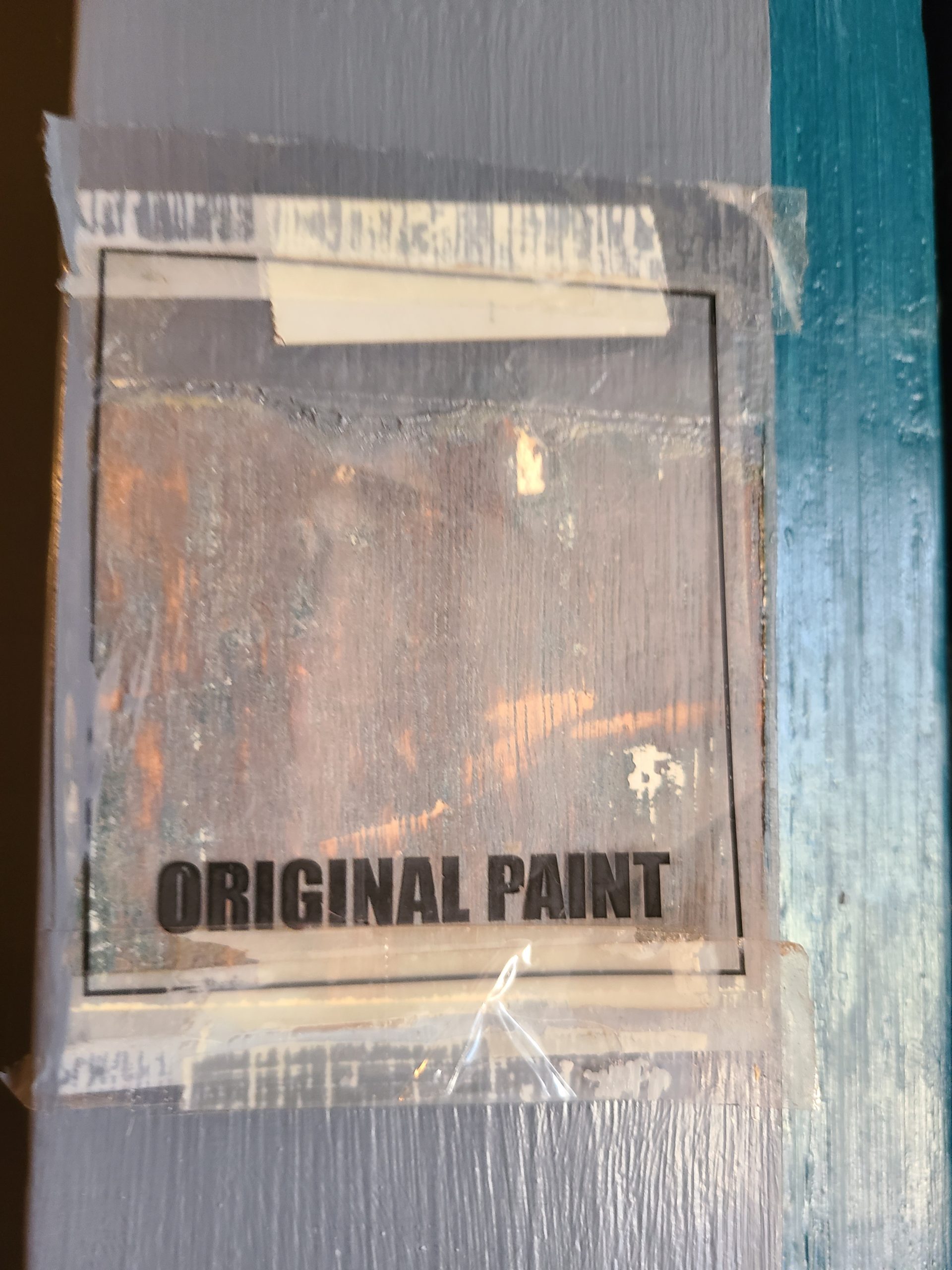
The Visiting Experience.
When Nomadic Neen and I visited the DeWint House, there was a step wide enough for two people to look around. Plexiglas covered the entrance of each room so that we couldn’t actually go inside, but we were able to see everything clearly. The Center Hall on the ground floor features the coat rack that was actually in use during Washington’s visits. The rocking chair in the room is where Washington’s aide would have sat to announce visitors upon their arrival. Keep in mind, Washington and as many as twenty of his men would have slept in this home (particularly this one room) while he used it as his headquarters.
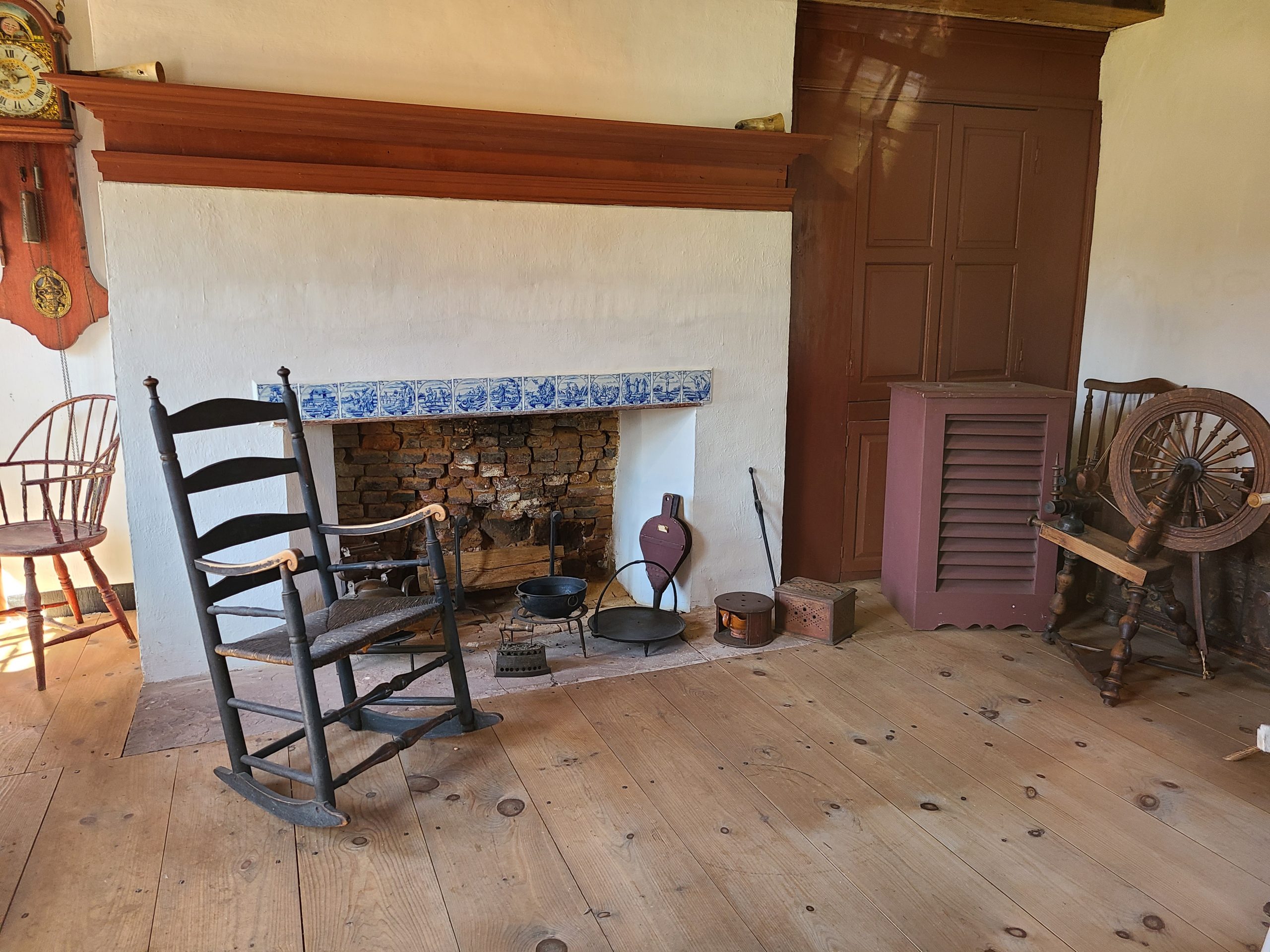
The bed in the corner of the room is left bare so that guests can see the ropes beneath where the mattress would go. The expression “sleep tight” comes from the need during this time to tighten the ropes on beds before going to sleep. This bed had enough space for a trundle bed underneath it.
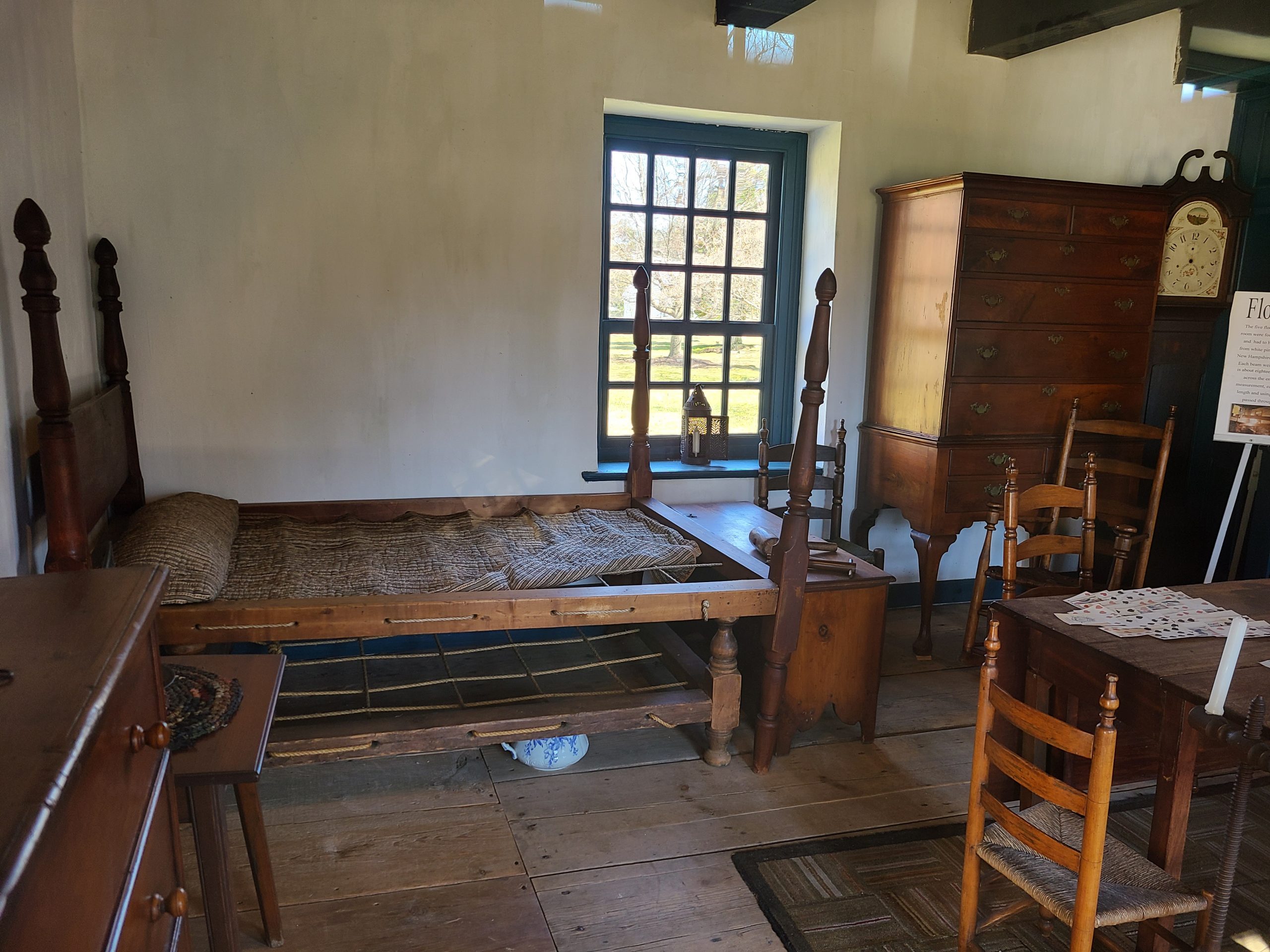
The Owners.
The DeWint House was the property of a Dutch family who lived there during Washington’s visits. Since the family had roots in Holland, the fireplace is lined with traditional Dutch tiles that depict Bible stories. The father would read the corresponding stories to the family. The illustrations help the children better understand the plot.
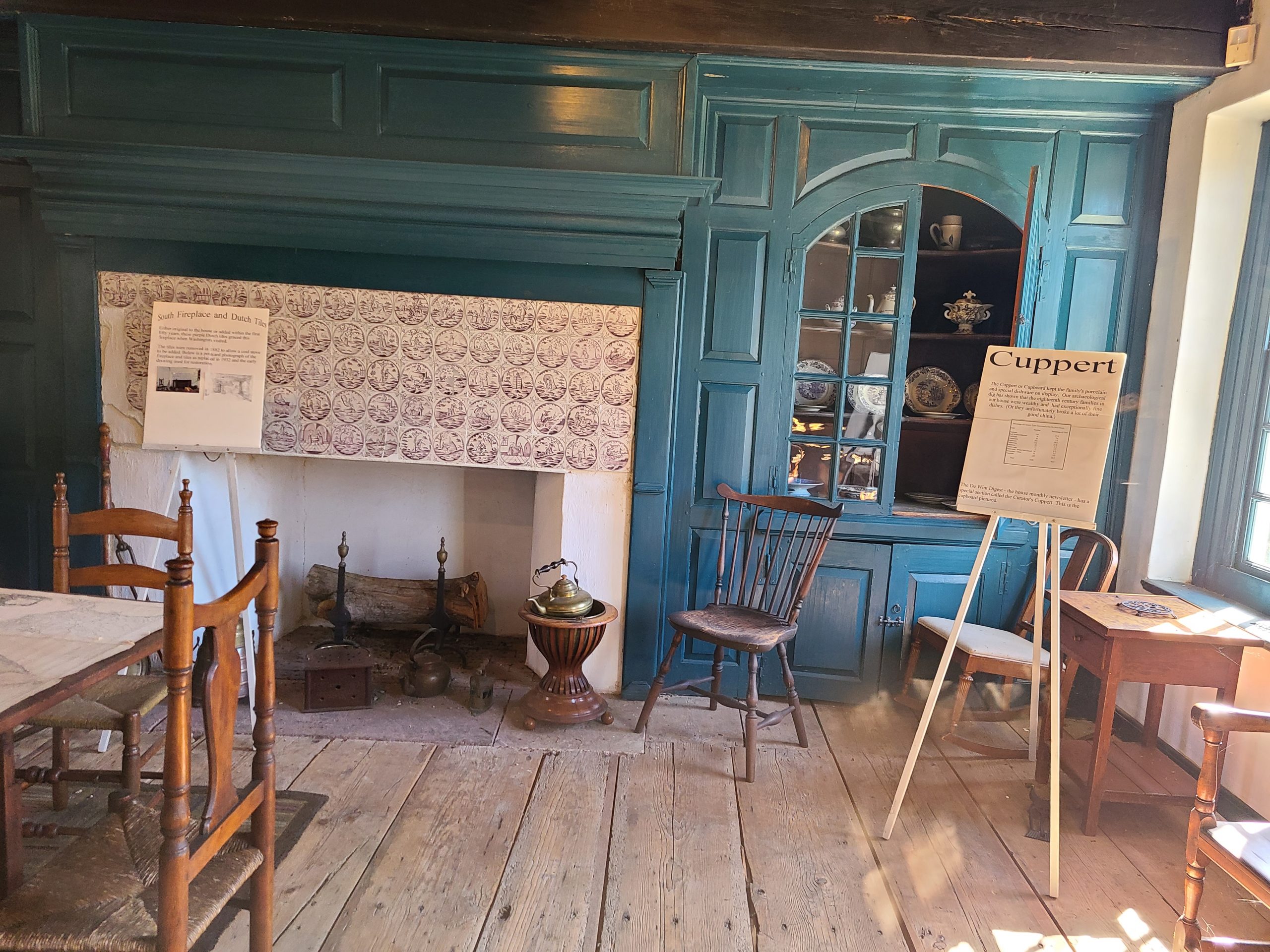
The North Room could have been used by another family or as a second bedroom during Washington’s visits. There is a piece of the floor which shows the original brick floor from the late 1600s. During Washington’s times at the DeWint House, it would have almost certainly had wooden floors.
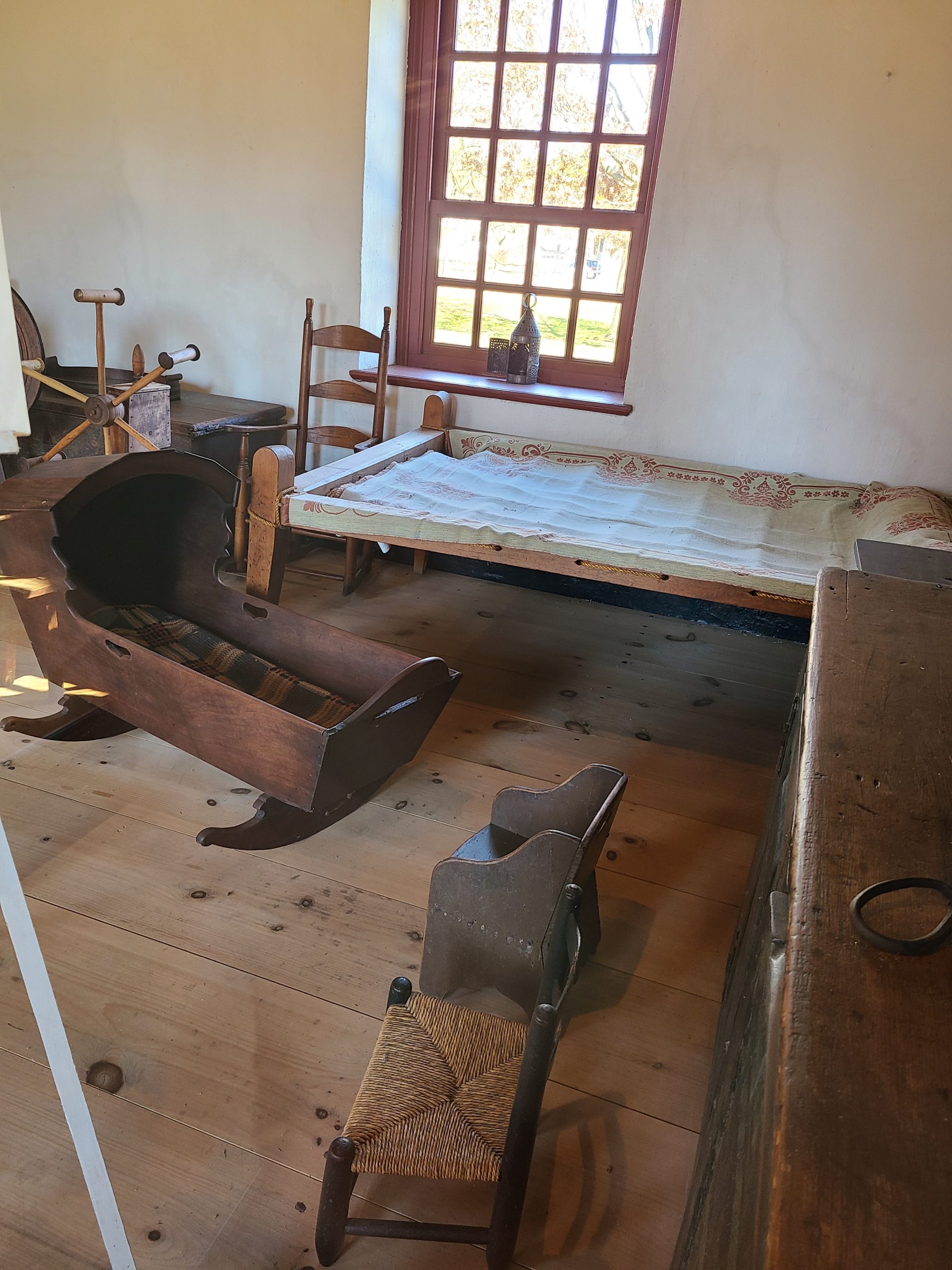
The Carriage House.
The Carriage House was built sometime in the mid 1800s. It currently serves as the visitor center and museum. There, guests can learn about the role that the DeWint House played during Washington’s days. There are a remarkable number of artifacts and exhibits in the museum. Try your best not to get overwhelmed by first doing a lap once around. Then re-visit the exhibits with a little more time and care.
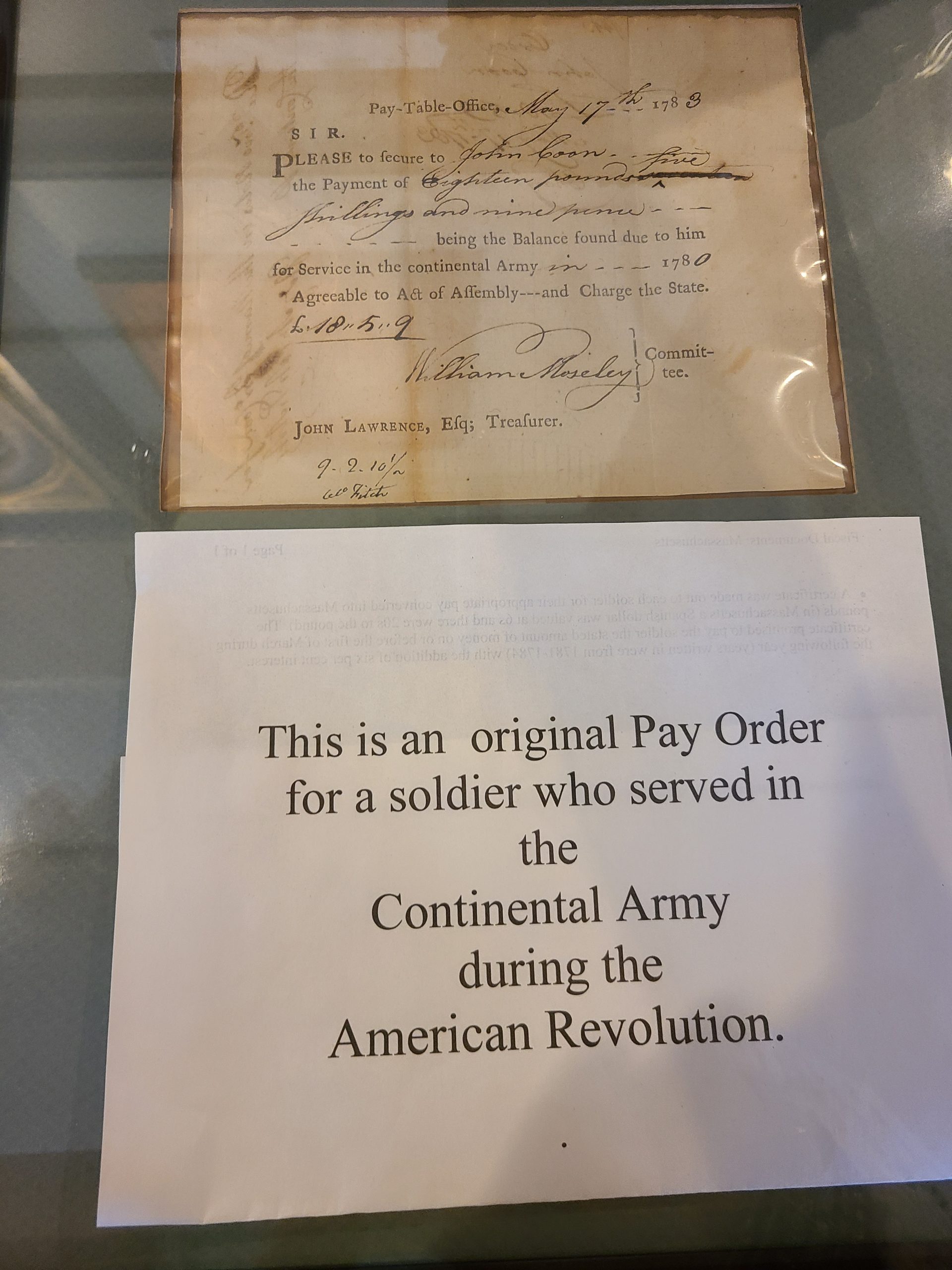
The DeWint House occasionally does historical Revolutionary War reenactments. It is an absolute must for history buffs and fans of Revolutionary War history. We were so happy to have been made aware of its existence. We quite literally danced on the lawn of the house! I feel incredibly lucky to live so near to such a grand relic of my favorite historical period.
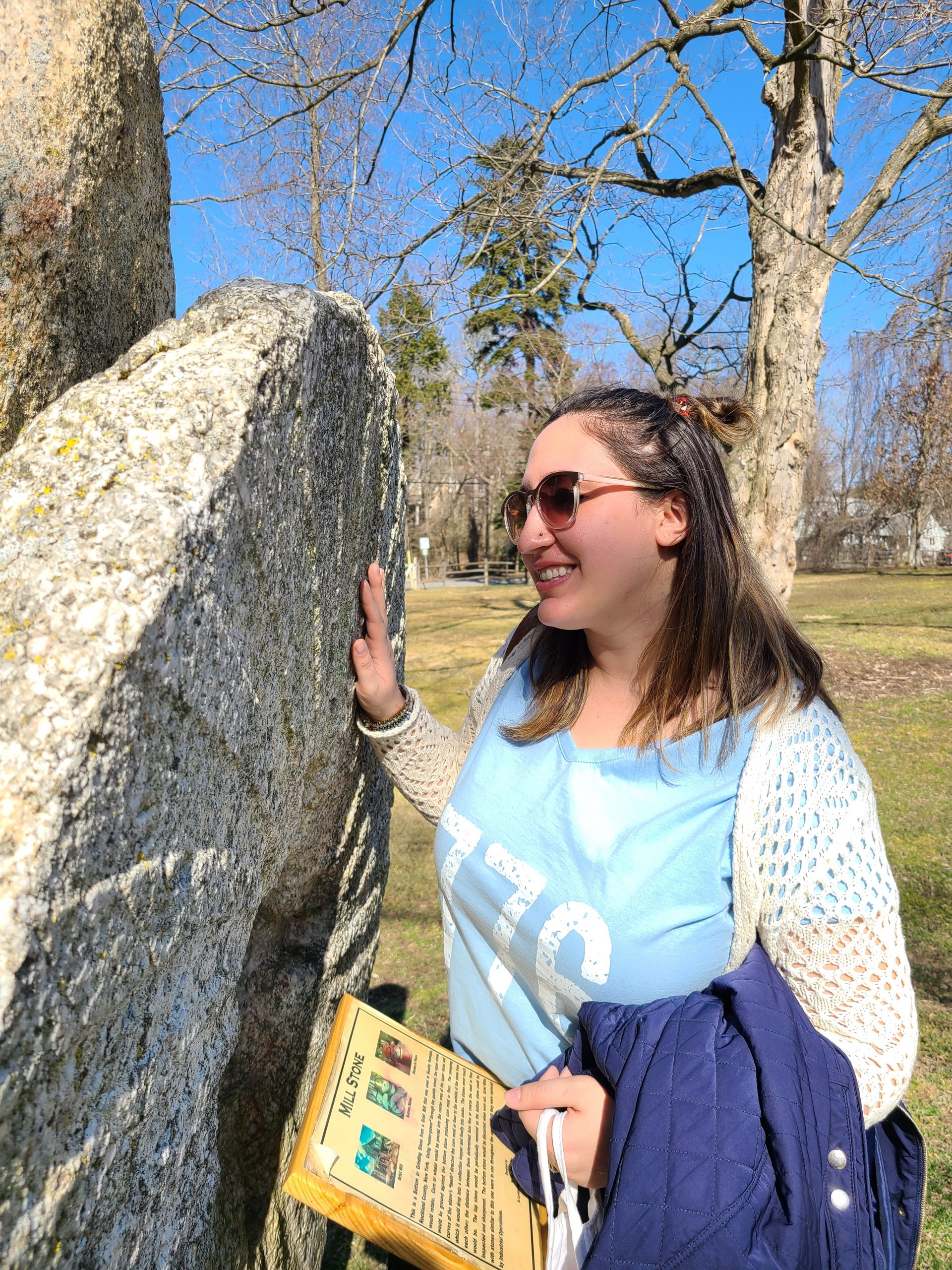


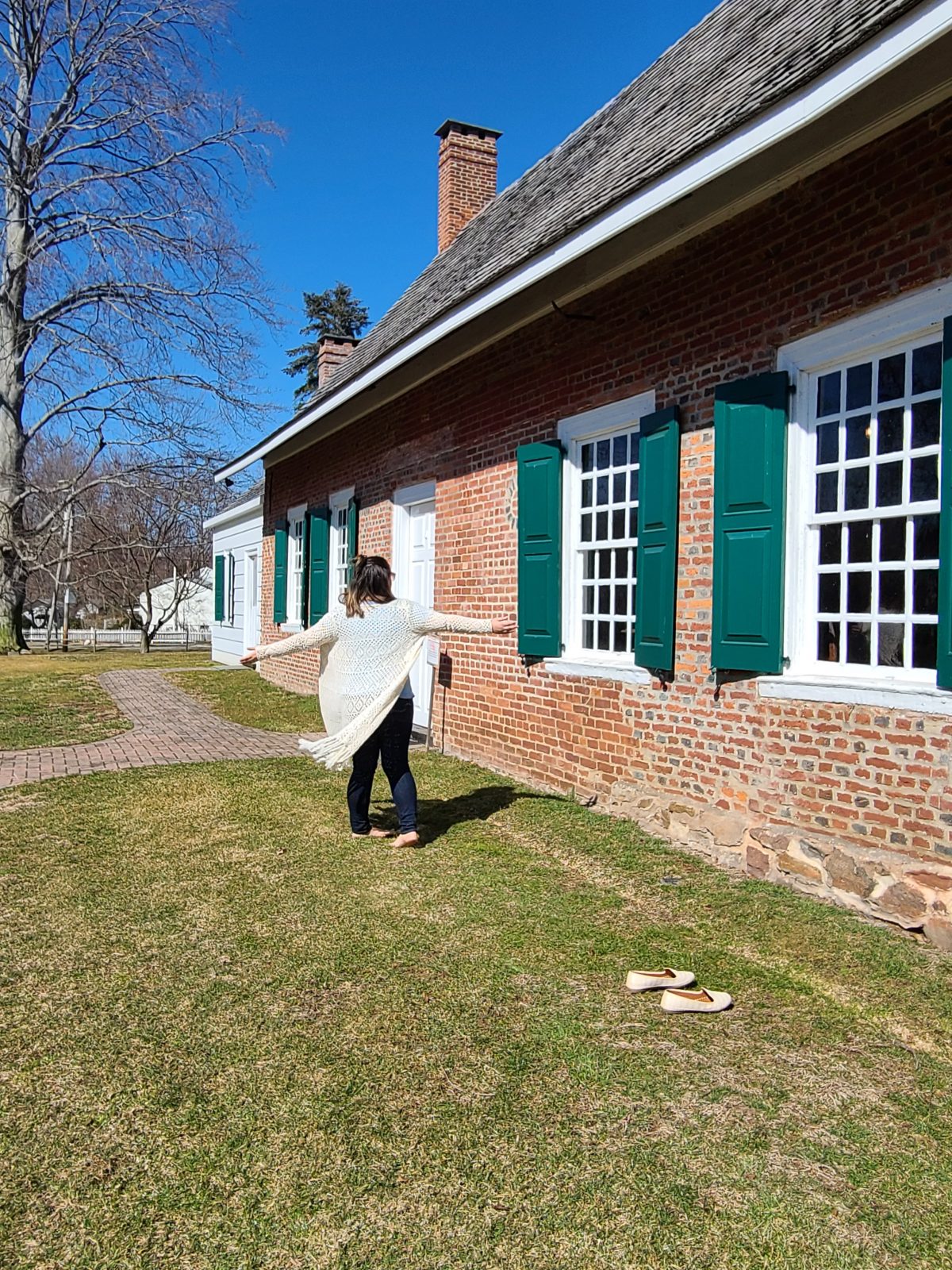

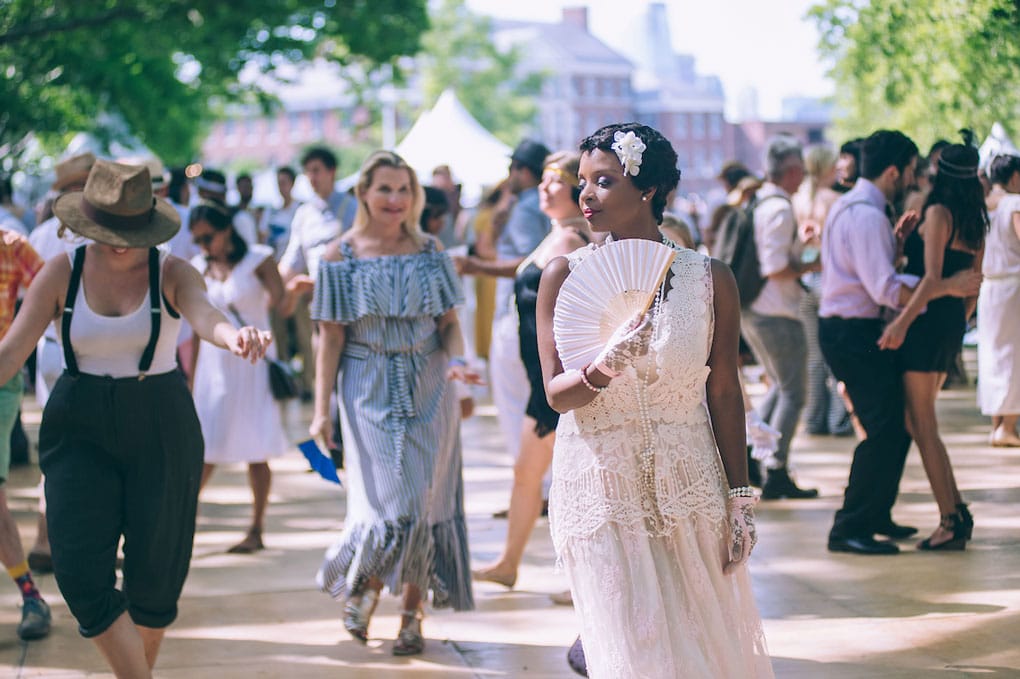
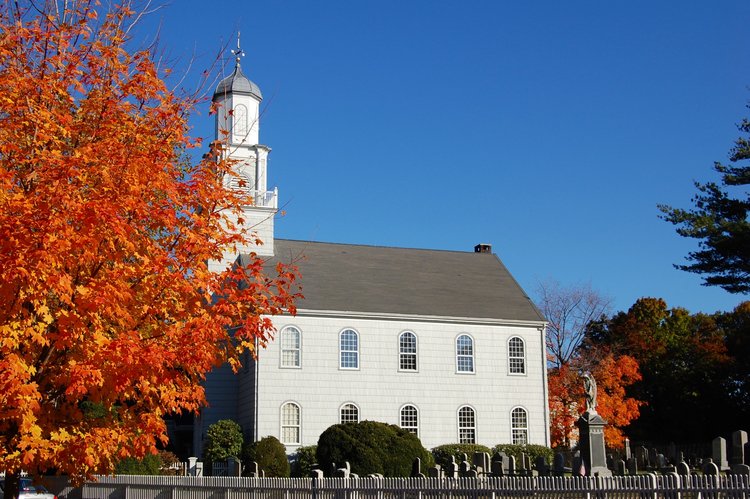
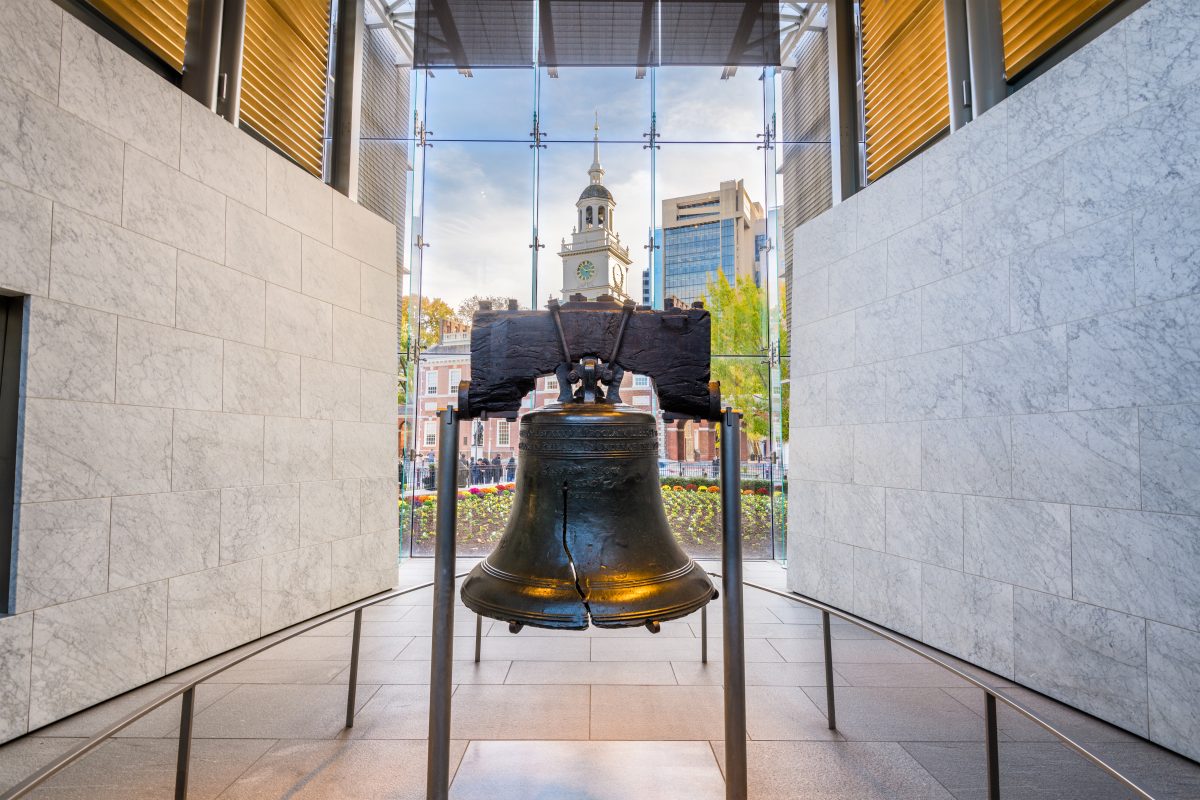
0 comment